Talent Retention: Challenges, Effects, and Strategies to Keep Top Employees in 2026
Last Updated Nov 4, 2025

Turnover is rising. Burnout is peaking. And top performers have more options than ever. If your organization isn’t actively working to retain talent, it’s already falling behind.
The urgency is real: replacing just one employee can cost up to twice their salary, not to mention the lost momentum and morale. But here’s what most companies miss—retention isn’t about perks or ping pong tables. It’s about building a culture where people feel seen, supported, and motivated to stay.
This breakdown offers a unique perspective on how modern retention strategies go beyond pay. From aligning work with wellbeing to creating meaningful career paths, today’s most resilient organizations are putting people first—and seeing results.
Uncover the benefits of smart, data-informed talent retention. Transform how your company attracts, engages, and keeps its best people.
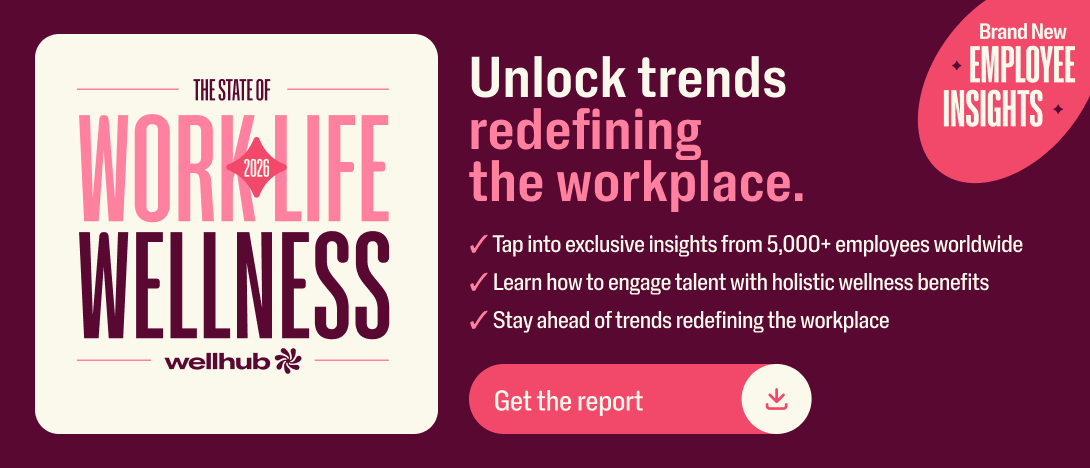
What You’ll Learn:
- The True Meaning of Talent Retention: A clear definition of what it means to retain top talent — beyond pay and perks — through engagement, wellbeing, and a sense of belonging that keeps your best people loyal and motivated.
- Why Retention Matters More Than Ever (with 2025 Data): The high financial and cultural costs of turnover, and how strong retention boosts innovation, productivity, and long-term business resilience in today’s competitive labor market.
- Top Challenges Facing U.S. Employers: The five biggest barriers to retention — from burnout and misaligned expectations to lack of recognition, leadership gaps, and limited career mobility — with actionable solutions for each.
- Meeting Modern Employee Expectations: How shifts in generational values, flexibility, wellbeing, and purpose have redefined what employees expect from work — and how companies can adapt to keep them.
- Building an Effective Retention Strategy: An eight-step, data-driven blueprint for improving retention through alignment with business goals, wellbeing integration, leadership accountability, and continuous measurement for lasting results.
What Is Talent Retention?
Talent retention is the ongoing process of keeping employees happy, engaged, and loyal to your organization.
In practice, it’s everything you do to reduce unwanted turnover. That includes strategies like:
- Offering competitive compensation and benefits
- Providing career development opportunities
- Creating a culture of wellbeing
- Ensuring employees feel valued, seen, and heard
When done well, talent retention helps companies hold on to the people who drive business results.
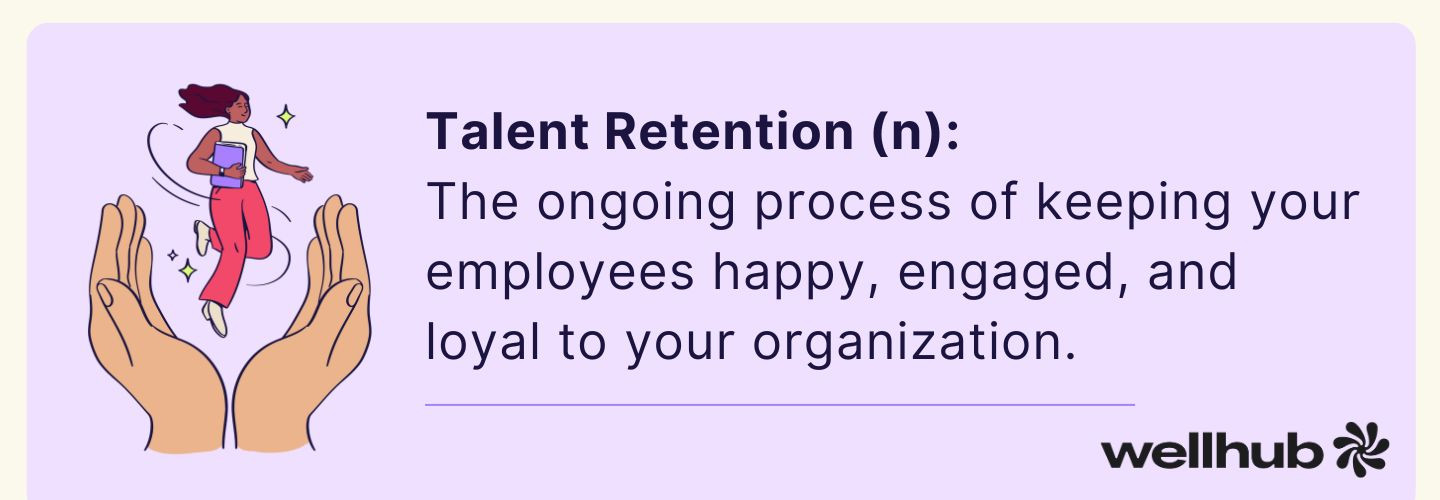
Why Talent Retention Is Critical (2025 Stats)
There are many benefits of employee retention, including:
- Cost of losing top talent: Replacing a single employee can cost up to twice their annual salary when considering recruiting, training, and lost productivity, according to a study by Gallup. Besides draining budgets, high turnover also disrupts team momentum. Whenever someone leaves, managers assign their work to employees with other responsibilities. This can lead to overwork, stress, and resentment, all of which may push existing staff to quit.
- Retention supports resilience: Employees who feel secure in their roles are more likely to bounce back from challenges. That’s key in today’s fast-moving market. In fact, 73% of CEOs say their wellness initiatives are very or extremely impactful in fostering resilience.
- Turnover threatens your talent pipeline: More than half of employees (55%) say they’d consider looking for a new role if they could get a better benefits package.
- Employee wellbeing drives retention: When companies prioritize wellbeing, retention improves: In fact, 73% of CEOs say their wellbeing program improves talent retention.
- Retention protects your bottom line: Companies with wellness programs are more likely to see reduced absenteeism, and 67% of CEOs say their wellness programs help reduce employee absenteeism. That means more consistency, fewer disruptions, and greater team productivity over time.
- Younger employees are ready to walk:Gen Z and Millennials are more likely than Gen X or Baby Boomers to say they would consider leaving a company that does not focus on employee wellbeing. For long-term growth, you need a strategy that meets generational expectations.
Key Challenges of Talent Retention in the U.S.
Keeping employees happy and motivated is harder than ever. Many companies are still operating under outdated models, while employees expect flexibility, wellbeing support, and opportunities for growth. When these needs don’t match, people start looking for new jobs.
Some of the biggest challenges of talent retention in the U.S. include:
- Misalignment between employee expectations and employer offerings: Workers today want meaningful work and a sense of purpose. Over 85% of employees consider their wellbeing at work to be as important as their salary, according to Wellhub's State of Work-Life Wellness Report 2026. However, some organizations still focus only on pay. When employees’ needs don't line up with what the company offers, engagement drops and turnover increases.
- Burnout and workload imbalance: Too much work and too little rest make employees feel exhausted and unmotivated. An alarming 90% of employees have felt burnout in the past year, per Wellhub’s 2026 report. Without enough breaks or support, even top performers may decide to leave.
- Lack of recognition and reward: Everyone wants to feel appreciated for their work. When leaders fail to publicly or directly recognize hard work, people are less likely to remain motivated. Simple actions like saying thank you, celebrating milestones, or offering rewards can make people feel valued and more likely to stay.
- Weak leadership and poor communication: Managers have a big impact on whether employees stay or leave. When leaders fail to communicate clearly or show empathy, trust within the team quickly fades. By listening to others, implementing mindfulness leadership, setting clear goals, and checking in regularly, managers help employees feel valued and understand how their work contributes to something bigger.
- Limited career growth and internal mobility: Many employees leave when they can’t see a future at their company. This often happens when they stay in the same role for too long without feedback or new challenges, begin to feel burned out, or watch several coworkers leave in a short time. Providing regular training, mentorship, and clear career paths helps show employees how they can advance. People are more likely to stay if they can picture their next step.
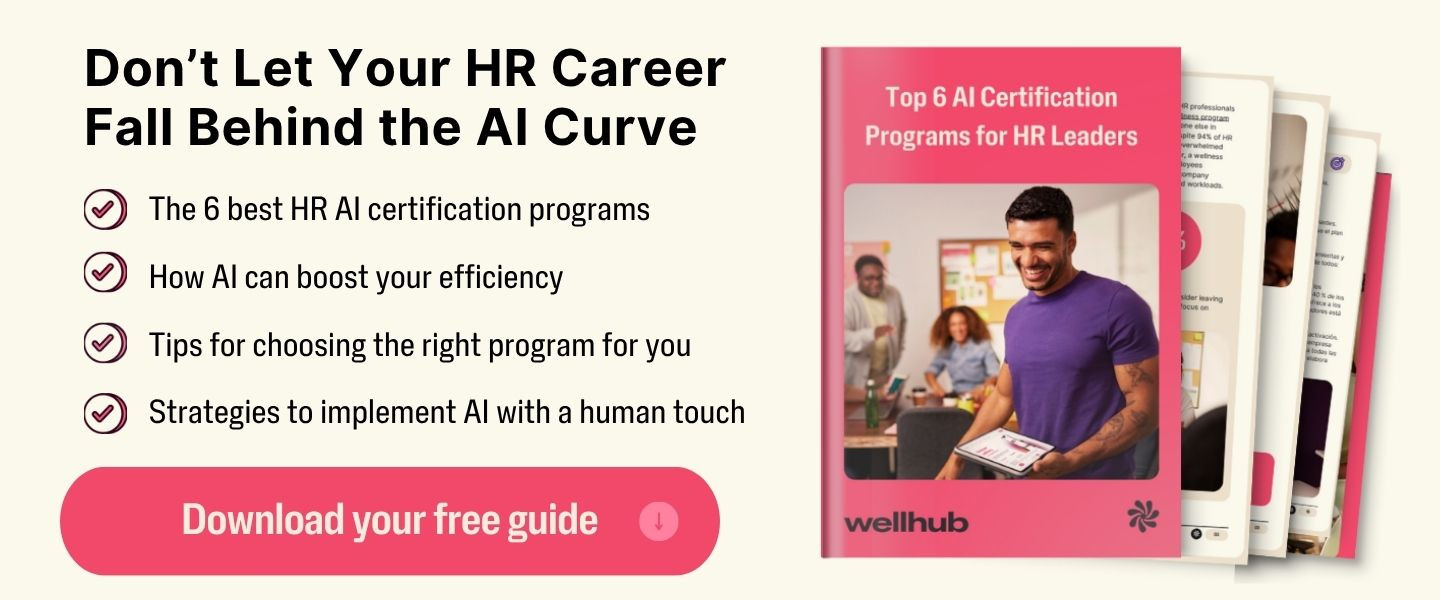
Meet Today's Talent Expectations to Reduce Turnover
The modern workforce looks different from even a decade ago. Employees across all generations are clearer about what they need from work: balance, purpose, flexibility, and wellbeing. Here’s what HR leaders need to understand about today’s workforce and talent expectations.
Generational Shifts in Workplace Values
Employees today think about work through the lens of wellbeing and meaning.
According to Wellhub’s State of Work-Life Wellness 2026, 64% of employees say they’ve become more intentional about their wellbeing over the past five years. This shift is especially strong among younger generations, with 74% of Gen Z and 68% of millennials reporting improvements in lifestyle changes, compared to 59% of Gen X and 55% of baby boomers.
Younger employees are also more likely to leave when wellbeing is neglected. In fact, 85% of Gen Z and millennial workers would consider leaving a company that doesn’t focus on wellbeing. While the percentages drop slightly among Gen X (81%) and baby boomers (76%), it’s clear caring for employees’ wellbeing is now a basic expectation.
The Demand for Flexibility and Autonomy
Flexible work remains one of the strongest predictors of retention. Over 60% of employees ranked compensation as the most important factor in choosing a job, followed closely by 52% who prioritized flexible schedules, according to Wellhub’s 2026 report.
Flexibility represents more than convenience. It also shows you trust your staff. When employees can manage their own schedules without constant oversight, they feel respected and empowered. This autonomy fuels focus, creativity, and motivation. Companies that give people control over how and where they work often see stronger performance, higher morale, and longer tenure.
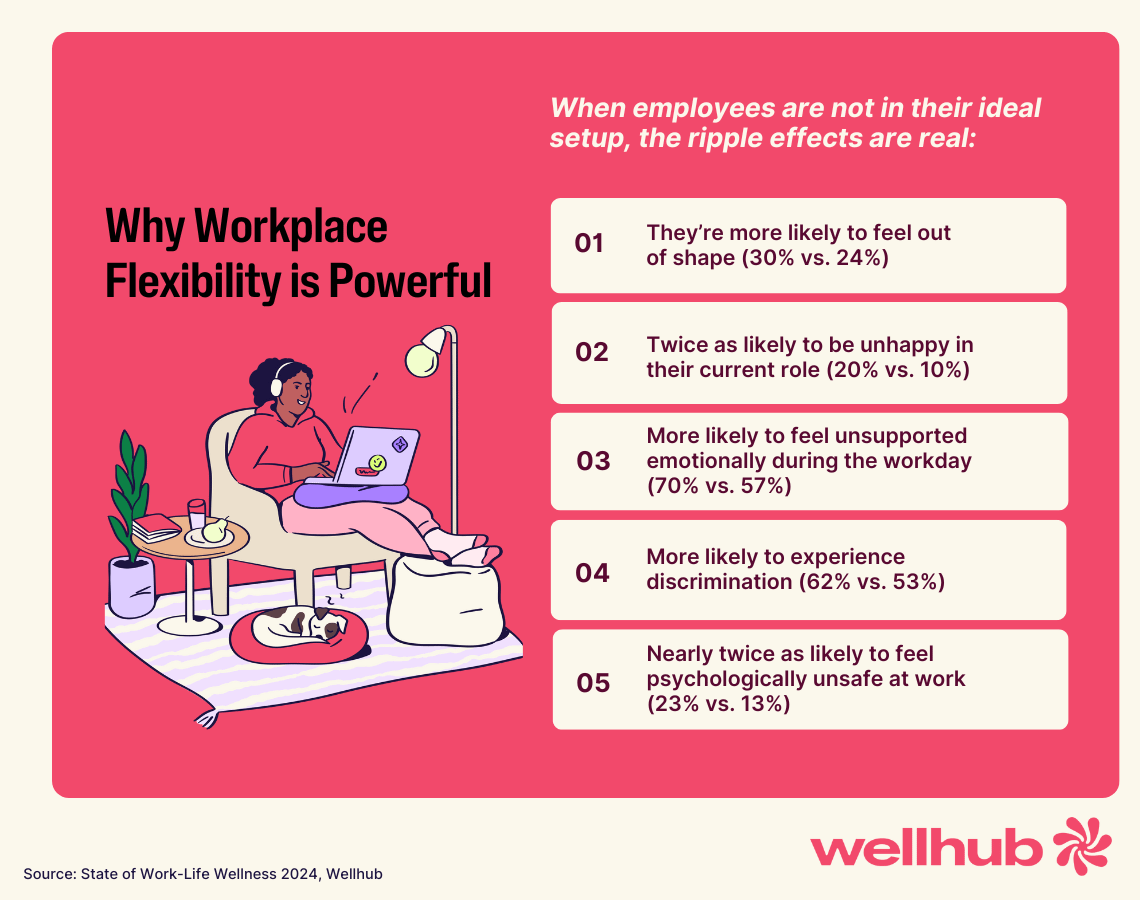
Wellbeing, Belonging, and Purpose at Work
Work is about more than compensation. For many, it’s also a source of community and identity. Over 80% of employees surveyed in Wellhub’s 2026 report believe their employer has a responsibility to support their wellbeing, showing how deeply this expectation has become embedded in workplace culture.
Community and belonging play a major role in this sense of wellbeing. Nearly two-thirds of employees say social support is very important for maintaining long-term wellness habits, and over 50% are more likely to engage in healthy behaviors with others. Over half have joined group wellness activities, with 30% saying those experiences were especially motivating.
People thrive when they feel part of something bigger. Workplaces that foster a sense of belonging tend to experience stronger engagement, healthier habits, and lower turnover.
Measuring Talent Retention and Identifying Gaps
Before you can improve retention, it's important to understand what’s happening inside your organization. Here's what you can do to spot early warning signs and target the right areas for change:
- Calculate talent retention rate: Start with this formula: (Number of employees remaining at the end of the period / Number of employees at the start of the period) x 100. Tracking this number quarterly or yearly shows whether your initiatives are working and where turnover might be rising.
- Track employee retention metricsand key performance indicators (KPIs): Measuring engagement can reveal patterns in employee satisfaction. KPIs to look at include voluntary turnover, employee retention, absenteeism, and participation in learning programs.
- Use exit and stay interviews: Exit interviews show why people leave, while stay interviews reveal what keeps them. Both offer practical insight into culture, management, and workload. Collect feedback consistently and use it to guide leadership development and policy updates.
- Calculate Employee Net Promoter Score (eNPS):eNPS measures employee satisfaction and engagement in an organization. It asks one simple question: “How likely are you to recommend this company as a great place to work?” High scores (9 or 10) signal loyalty and trust, medium scores (7 or 8) indicate general satisfaction short of full commitment, and lower scores (0 to 6) signal disengagement and high rates of potential voluntary turnover.
You can't improve what you don’t measure: 12 retention KPIs every HR leader should be tracking.
Best Practices for Retaining Talent
Keeping employees engaged and loyal takes more than a single policy or perk. It requires following these best practices.
Building a Culture That Fosters Loyalty
A healthy workplace culture is the backbone of retention. It makes people feel safe, included, and valued, which means they’re more likely to stay and contribute their best work. Leaders can strengthen this culture by focusing on:
- Safety and inclusion: Employees do their best work when they feel safe to speak up and share ideas. When leaders apply safety and inclusion to every level, teams feel like they belong and have a say in how things operate.
- Transparent communication and trust: Clear, regular updates about company goals, performance, and challenges keep employees engaged and prevent rumors or uncertainty. Open communication also helps leaders spot and solve issues early.
- Recognition and appreciation: Simple gestures of gratitude go a long way, whether that’s celebrating a work milestone, achievement, or consistent effort.
Compensation and Benefits That Retain Top Talent
Pay and benefits are still key to retention, but fairness and holistic support are also now equally important. To attract and keep top performers, focus on:
- Market-competitive pay structures: Regular benchmarking keeps salaries in line with industry standards and prevents pay gaps between new and long-term employees.
- Equity, bonuses, and financial incentives: Linking rewards to performance and tenure shows employees that their growth fuels the company’s success.
- Holistic benefits that support life and work: Flexible health plans, wellbeing resources, and family-friendly policies like parental leave show that your company values people as individuals, not just as workers.
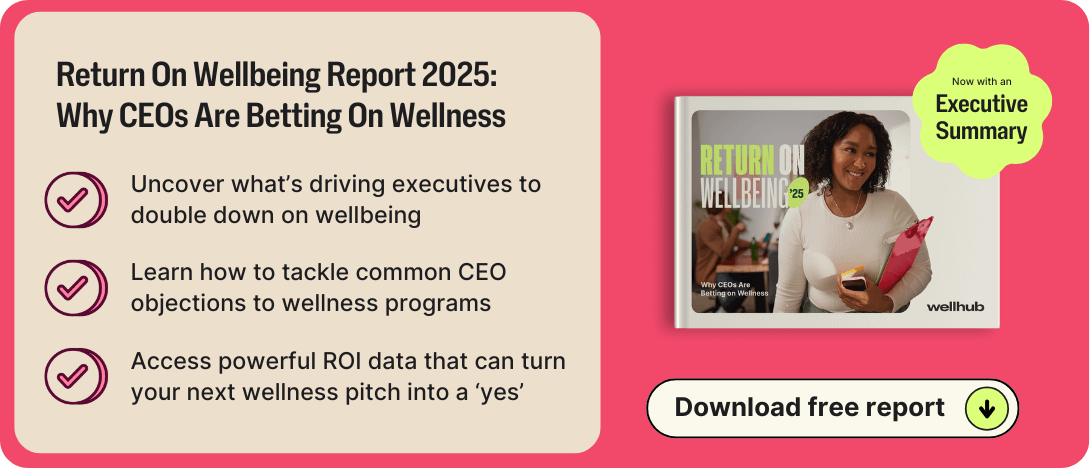
Flexibility as a Strategic Retention Tool
Flexibility is one of the clearest signs of trust between employer and employee. You can build this trust by introducing:
- Remote and hybrid work models: Giving employees the chance to choose where they work helps them balance collaboration with focused time.
- Flexible hours: Shifting from strict schedules to outcomes-based work helps people manage energy and personal responsibilities more effectively.
- Output-based performance: Measuring results instead of hours worked promotes accountability and autonomy, encouraging a healthier relationship with work.
- Personalized work arrangements: Letting employees shape how they work helps them perform at their best. For example, if you let a busy parent work through adjusted schedules so they can pick up their kids from school, they’ll have one less thing to worry about, giving them more time and energy to perform well at work.
Career Development and Internal Mobility
Growth keeps people engaged. When employees see a future within the organization, they’re more motivated to stay and contribute. You can support that growth by providing:
- Upskilling, reskilling, and learning paths: Offer accessible learning programs that match personal ambitions with company goals. For instance, if someone wants to learn to code, and it would benefit their role, consider offering them a way to do so.
- Clear career pathways and promotions: Make advancement visible and fair. The clearer you are about what success looks like, the more confidence employees have in their path.
- Mentorship and coaching programs: Pair experienced leaders with emerging talent to guide development, share insight, and strengthen cross-team relationships.

Leadership’s Role in Talent Retention
Strong leadership shapes how employees experience their workplace. When managers communicate clearly and lead with empathy, they inspire loyalty and engagement. You can strengthen leadership’s impact by implementing:
- Manager training and accountability: Give managers the tools to communicate, coach, and give feedback effectively. Hold them responsible for engagement and retention in their teams.
- Leading with empathy and inclusion: When leaders listen and show genuine care, they build trust and psychological safety, two foundations of long-term commitment.
- Consistency between values and behavior: Employees notice when leaders live the values they promote. That consistency builds credibility and a culture of respect.
Boosting Engagement in a Dispersed Workforce
Employee engagement drives retention, especially in remote or hybrid teams. To strengthen engagement across locations, you can:
- Foster belonging in remote teams: Regular check-ins, virtual hangouts, and open communication channels keep teams connected and reduce isolation.
- Provide access to Employee Resource Groups (ERGs) and peer networks: ERGs help employees find shared purpose and community, even across departments or regions.
- Host in-person events that build community: Occasional meetups, retreats, or wellness days strengthen company culture and create space for authentic connection.
Technology to Support Talent Retention
One of the best ways to understand employees better and be proactive is through technology. Cutting-edge digital tools simplify how organizations gather feedback, track engagement, and support growth, creating a stronger connection between people and the company.
You can strengthen retention through technology by using:
Pulse Survey Platforms and Feedback Loops
Think of this as your early-warning system.
Short, frequent employee surveys offer something your quarterly engagement score never could: real-time insight. You’re not just collecting data. You’re opening a conversation.
By regularly asking employees how they’re feeling and what they need, you can:
- Catch emerging problems before they become culture-killers.
- Identify patterns in turnover risk.
- Show your team you’re listening — and acting.
Pro tip: Tie this feedback to visible action. When employees see leadership take swift, transparent steps based on their input, trust goes up and turnover goes down.
Learning and Development Platforms
Employees want to grow. If they can’t do it at your company, they’ll do it at someone else’s.
Modern L&D platforms are more than a course library. They're a launchpad for career development — and a major retention asset. These platforms allow your people to:
- Access upskilling resources anytime, anywhere.
- Track their own progress and set personalized goals.
- Explore new career paths within your organization.
Meanwhile, you get visibility into:
- Skill gaps on your team.
- High-potential employees ready to level up.
- Trends that can inform succession planning and promotions.
Wellbeing and Recognition Tools
You can’t talk about retention without talking about wellbeing – employees who use wellbeing programs report significantly higher happiness, productivity, and even compensation satisfaction compared to those without.
Work-related stress is the leading cause of emotional health issues for employees today. And burnout is a direct pipeline to turnover, not to mention reduced productivity, missed days, and low morale.
That’s where digital wellbeing and recognition tools come in. Such platforms can:
- Nudge employees to take breaks, breathe, and reset.
- Track and reward healthy behaviors like sleep, hydration, or exercise.
- Deliver peer-to-peer recognition in real time, making employees feel seen.
Losing great people? Uncover the top reasons employees leave—and what to do to keep them.
Embedding Wellbeing Into Talent Strategy
To improve employee retention, you need more than good intentions or broad wellbeing goals. You need a clear, data-informed retention plan that turns insights into measurable outcomes. A well-designed plan helps leaders identify what employees value most, align those insights with business priorities, and build a culture that people want to stay in. It also keeps your strategy proactive—so you can address problems before they lead to turnover.
- Mental health resources and Employee Assistance Programs (EAPs): Give employees easy access to practical help, such as EAPs, mindfulness resources, and sleep or meditation apps. Many workers are trying to manage stress on their own. Nearly 60% do so through exercising, and over half by improving sleep, according to Wellhub’s Work-Life Wellness Report 2026. You can strengthen these healthy habits by introducing structured resources like mental health tools and EAPs. Data shows this makes a difference: While 54% of employees rate their mental health as good or thriving, that number climbs to 60% among those with wellness programs and drops to 43% without them.
- Burnout prevention and recovery: Many employees struggle with burnout, with 90% reporting experiencing symptoms in the past year, according to Wellhub’s 2026 report. For 43% of workers, heavy workloads are the top cause. Over half say their stress levels have risen, with nearly one in five describing the increase as significant. You can help employees recharge by encouraging regular breaks, realistic workloads, and wellness activities.
- Wellbeing as a retention driver: When companies prioritize wellbeing, people notice. Over 80% of employees expect their employer to support their wellbeing, with 85% saying they would consider leaving a company that doesn’t, according to Wellhub’s 2026 report. The same percentage would only consider working for employers who genuinely care about employee wellbeing. To build trust and hold on to top talent, you can integrate wellbeing programs, recognition efforts, and flexible benefits to signal that you value employees’ long-term health. Ultimately, wellness programs reduce talent management costs by improving engagement and lowering turnover.
How to Design an Employee Retention Plan
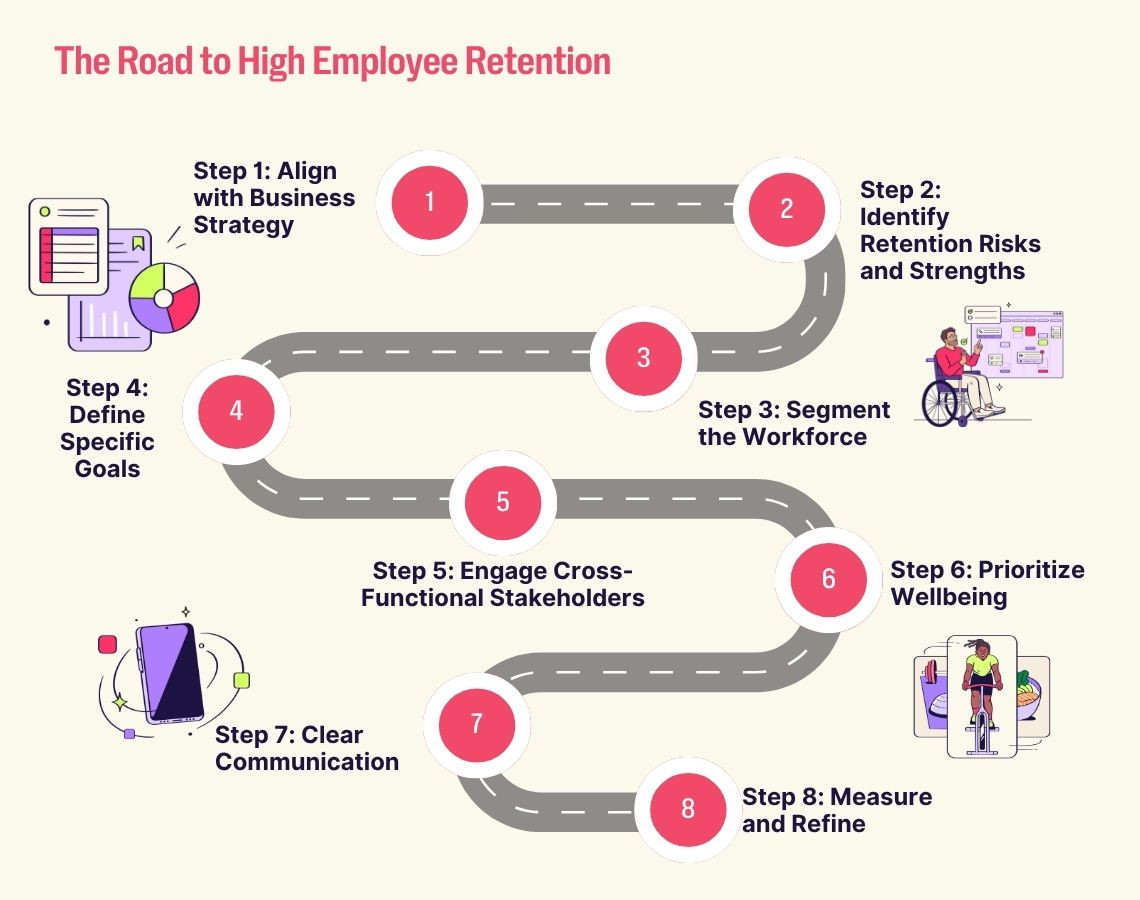
Improving employee retention requires a structured, data-driven approach. A well-designed retention plan helps organizations identify what employees value most, align those insights with company objectives, and build a work environment where people want to stay. This approach supports long-term business health by reducing turnover, boosting morale, and preserving institutional knowledge.
Use the following steps to build a retention plan that delivers measurable results:
Step 1: Align With Business Strategy
Begin by understanding the company’s growth plans and organizational goals. Meet with executive leadership and department heads to clarify the direction of the business. This context should shape the focus of your retention plan. For example, a company preparing for expansion may need to focus on retaining top talent in key growth areas.
Why this step matters: Retention strategies perform best when they directly support larger business objectives. Strategic alignment ensures your efforts contribute to broader company performance.
Step 2: Identify Retention Risks and Strengths
Use data sources like engagement surveys, exit and stay interviews, performance trends, and turnover metrics to uncover what drives people to leave or stay. Conduct focus groups or listening sessions to capture employee sentiment that doesn’t always surface in surveys. Include input from a variety of roles, tenures, and departments.
Why this step matters: A clear understanding of current dynamics makes it easier to prioritize actions and avoid ineffective programs.
Step 3: Segment the Workforce
Group employees by role, department, tenure, or career stage to understand how retention drivers vary across the organization. Early-career employees may seek mentorship and training. Experienced professionals may prioritize leadership opportunities or schedule flexibility. Remote teams may benefit from more structured communication and collaboration tools.
Why this step matters: Segmenting ensures solutions are relevant to the people they are intended to support, which increases program effectiveness and employee satisfaction.
Your turnover rate tells a critical story.Here’s how to read it—and what to do next.
Step 4: Define Specific Goals
Use the SMART goal framework to establish clear objectives for your retention plan. Goals might include reducing voluntary turnover by a set percentage within a specific team, increasing average tenure among top performers, or improving engagement survey scores related to manager support or work-life wellness.
Why this step matters: Defined goals create direction and allow for clear measurement of progress and impact.
Step 5: Engage Cross-Functional Stakeholders
Convene a working group that includes HR, team leaders, executives, DEI leaders, and front-line managers. Include employee input through advisory groups or pilot programs. Ensure that the plan reflects the full spectrum of employee experiences and is operationally supported across departments.
Why this step matters: Broad engagement builds alignment, improves execution, and demonstrates shared ownership of employee success.
Step 6: Prioritize Wellbeing as a Retention Lever
Integrate wellbeing into daily work practices. Offer programs that support physical activity, stress reduction, mental and emotional wellbeing, and schedule flexibility. According to Wellhub’s Return on Wellbeing 2025 report, 73% of CEOs say their wellbeing programs improve talent retention, and 83% of employees would consider leaving a company that does not focus on wellbeing.
Why this step matters: Wellbeing investments strengthen employee loyalty, reduce burnout, and contribute to a culture of stability and trust.
8 proven strategies HR leaders are using toreduce turnover today.
Step 7: Communicate Consistently and Transparently
Share the goals, initiatives, and reasons behind your retention plan with employees. Use clear, consistent messaging across internal channels. Create space for questions and dialogue during rollout and implementation.
Why this step matters: Transparency increases trust and strengthens employee buy-in. Communication ensures people understand the purpose and value of what’s being introduced.
Step 8: Measure and Refine
Set a cadence to review progress toward your goals using both qualitative and quantitative data. Monitor key metrics such as attrition rates, participation in retention-related programs, and employee satisfaction indicators. Adjust your plan based on feedback and outcomes.
Why this step matters: Retention strategies remain effective when they are regularly updated to reflect workforce changes and organizational needs.
Embedding Wellbeing into Your Talent Retention Strategy
Retention takes more than a paycheck. Employees leave when they feel burned out, overlooked, or unsupported. The post outlined the cost of turnover, the growing demand for flexibility and wellbeing, and the rising disconnect between what employees want and what many companies provide.
A wellbeing program can close that gap. It creates a culture where employees feel valued, supported, and energized to stay long term. Wellness investments also deliver clear business results — companies that prioritize wellbeing reduce turnover by up to 40% and can cut healthcare costs by up to 35%.
Speak with a Wellhub Wellbeing Specialist to retain your top performers and strengthen your workforce from the inside out.

Company healthcare costs drop by up to 35% with Wellhub*
See how we can help you reduce your healthcare spending.
[*] Based on proprietary research comparing healthcare costs of active Wellhub users to non-users.
Category
Share

The Wellhub Editorial Team empowers HR leaders to support worker wellbeing. Our original research, trend analyses, and helpful how-tos provide the tools they need to improve workforce wellness in today's fast-shifting professional landscape.
Subscribe
Our weekly newsletter is your source of education and inspiration to help you create a corporate wellness program that actually matters.
Subscribe
Our weekly newsletter is your source of education and inspiration to help you create a corporate wellness program that actually matters.
You May Also Like

Talent Management: Definition, Benefits, and Strategies | Wellhub
Discover talent management best practices to attract, retain, and develop top talent. Leverage these benefits and strategie to align with your business goals.

Employment At Will: What It Means for Employers | Wellhub
At-will employment offers termination flexibility for employers and employees. Explore strategies to mitigate risks and ensure fair practices in the workplace.

6 Essential Team Lead Responsibilities | Wellhub
Team leads take on many responsibilities to help their team be successful. Discover which responsibilities are the most critical for success.